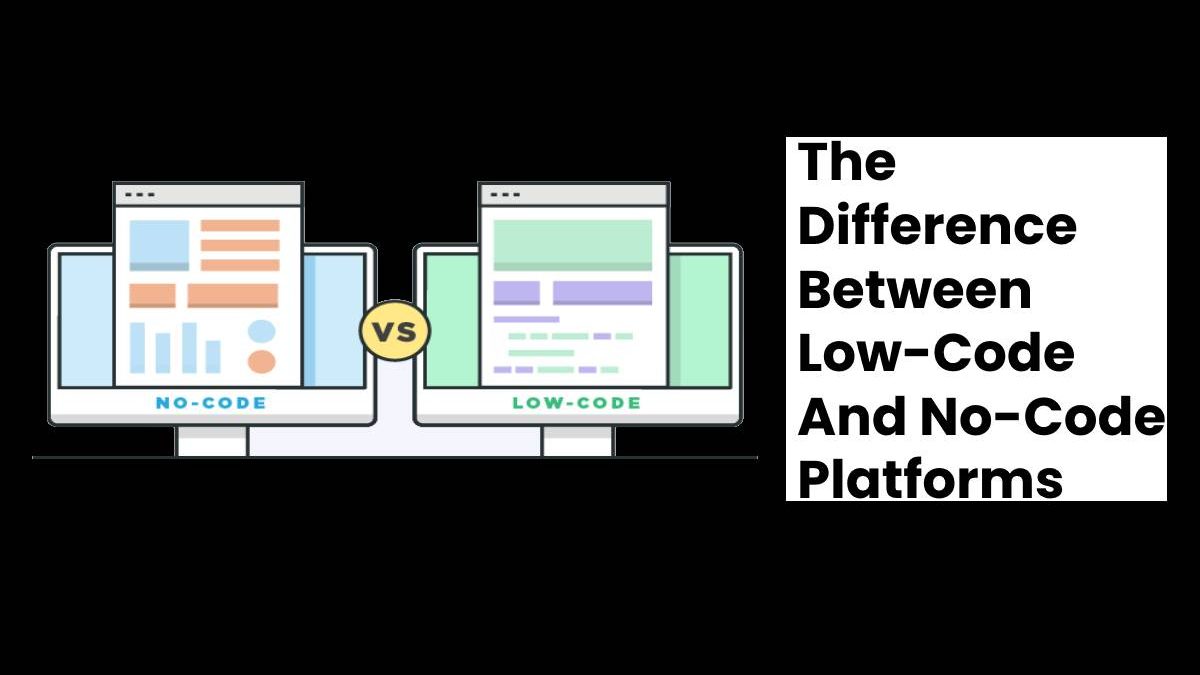Difference Between Low-Code And No-Code Platforms
Low-code or no-code development platforms tend to be kinds of visual software development environments which let enterprise developers along with citizen developers drag and drop application components, link these together and develop mobile and web apps. Many people confuse both these platforms, but it is important to know the difference between the two. Read on to learn more.
What are low-code and no-code platforms
Both platforms give a visual environment which professional developers along with citizen developers can employ to make applications. This is without needing to write many lines of code.
The platforms use declarative techniques rather than coding line-by-line. Both are visual integrated development environments or IDEs that users can use like making a flowchart.
Both applications give the basic components of the application, therefore giving developers the potential to concentrate more on important parts and functionalities.
Low-code and no-code can seem to be similar, however their target market along with the sophistication of applications being formed with each of these is very different.
Features of low-code platform
Low-code is intended for professional developers. It lets them design and also deploy applications quicker, whilst still letting traditional code be present where the low-code landscape tends to be too limiting to get the functionality needed.
Low-code backend has building blocks which complement the way that developers function.
The low-code development environment is often a visual design tool which lets the developer drag-and-drop the building blocks upon the service designer. It is the building blocks which handle the repetitive cookie-clutter functions of applications therefore letting the custom outlier functions to get handwritten.
Low-code is mostly employed for web applications which expose information as well as automate business processes. It can develop simple standalone web along with mobile applications and also complex and sophisticated ones that cater to vital processes of the enterprise.
With low-code one can automate processes in an organization. The applications that are developed employing low-code may possess application integration functionality to access as well as process data from different resources. It is possible for the data to be rendered upon a web page, dashboard, and mobile application.
Features of a no-code platform
A no-code platform is aimed towards citizen developers. These get designed to aid nonprogrammers to develop applications and that with no coding. Therefore it is not required to hire professionals to do this.
Organizations are able to give staff tools required to make applications and that without any formal development training.
The business does not need to wait for their IT team to take months to build an application. Little training is needed to do this here.
There are some differences present between low-code and no-code. You need to select the best platform suited to your business and its needs. They are both built keeping speed in mind. Low-code is better for developing standalone mobile as well as web apps plus portals which may need integration with other systems as well as several data sources. No-code tools on the other hand must be employed only for front-end use-cases.

